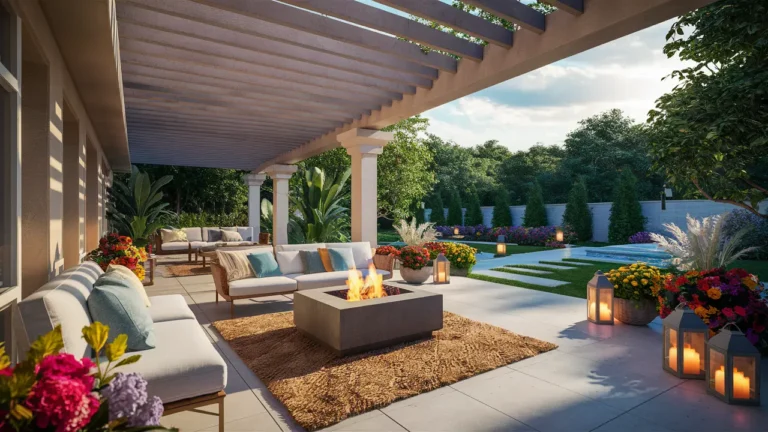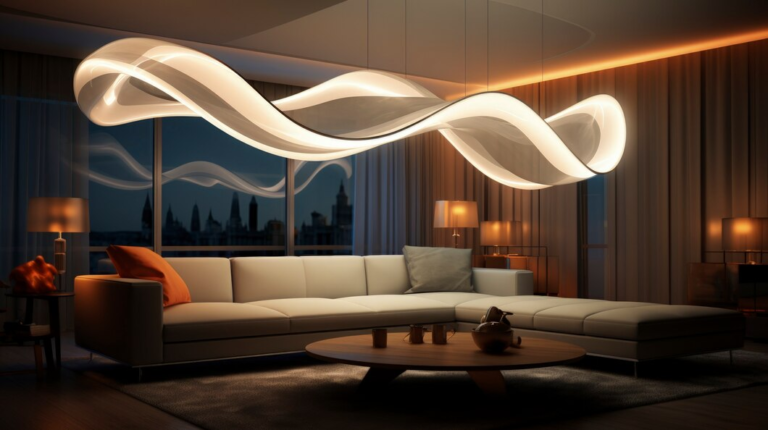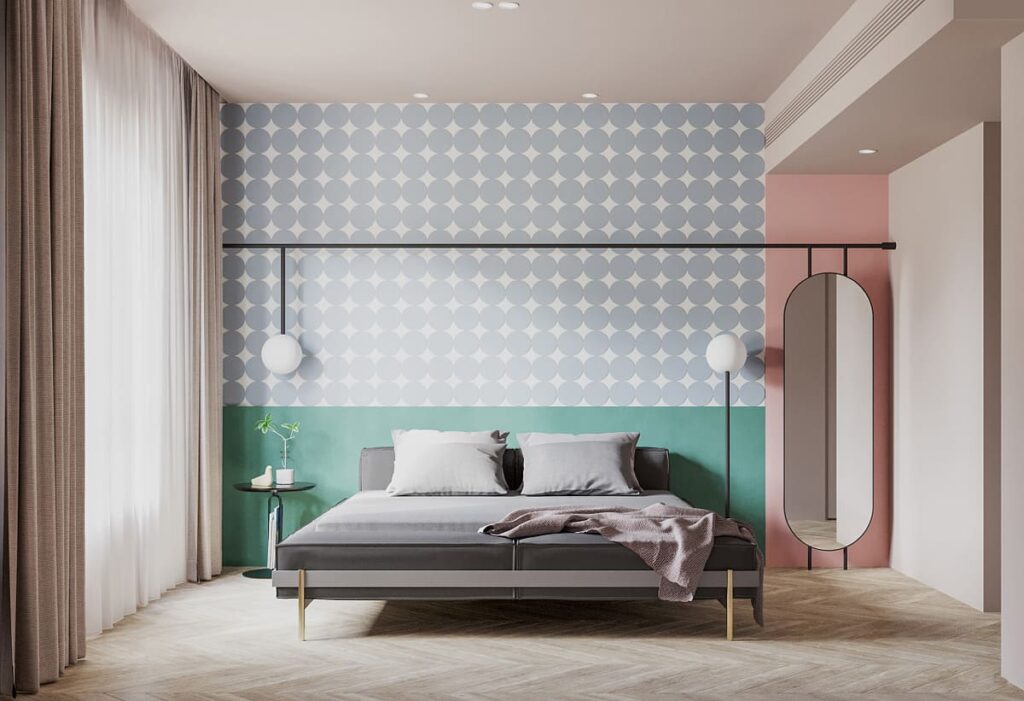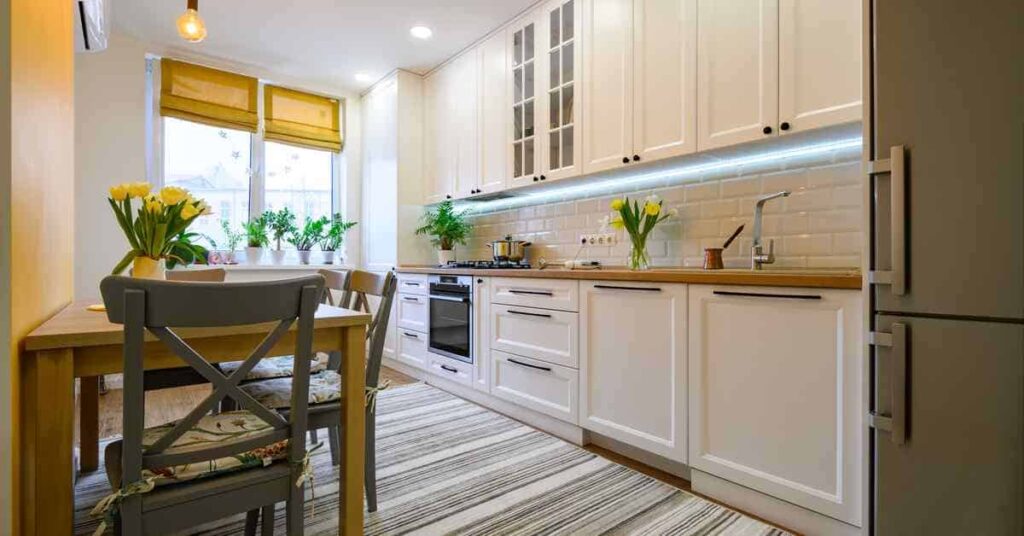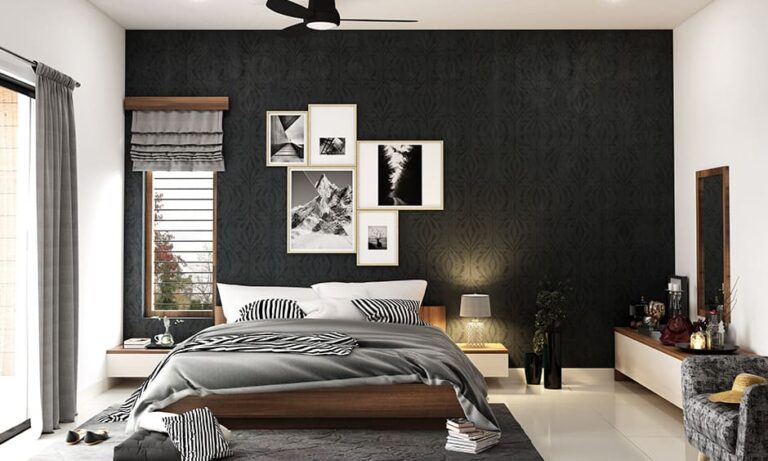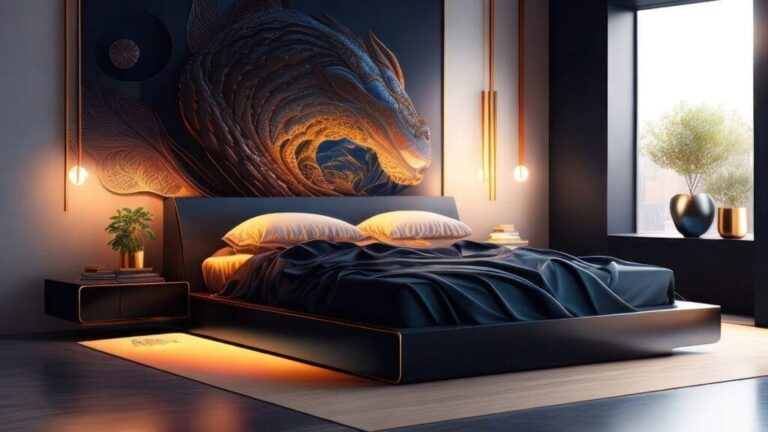Loft stairs are a crucial feature in homes with elevated spaces, blending practicality with design to maximize living areas without sacrificing style. Whether you’re dealing with a compact urban loft or a spacious attic conversion, designing the right staircase can significantly enhance both the functionality and aesthetic appeal of your space. Here’s a guide to help you navigate the process of designing loft stairs that are both stylish and practical.
1. Assess the Available Space
The first step in designing loft stairs is to assess the space where the stairs will be installed. Measure the total height from the lower floor to the loft floor and consider the footprint available for the staircase. The space available will determine the design possibilities—from a straight run to more complex configurations like L-shaped or spiral staircases.
2. Choose the Right Type of Stairs
Depending on your space and style preferences, there are several types of stairs you can consider:
- Straight Stairs: These are the most common and straightforward option, ideal for lofts with ample space.
- Spiral Stairs: A great space-saving solution, spiral stairs add a modern touch and can fit into tighter areas.
- Alternating Tread Stairs: These stairs feature alternating steps, which allow for a steeper ascent and are suitable for very limited spaces.
- Ladder Stairs: For the smallest spaces, a stylish ladder or a ship’s ladder can provide access to a loft without the footprint of traditional stairs.
3. Consider Building Regulations
Before you finalize your design, it’s crucial to check local building codes and regulations. These rules can affect everything from the width of the stairs to the height of each step and the size of landings. Ensuring that your loft stairs are up to code will not only keep you safe but also streamline any future home inspections if you decide to sell.
4. Select Durable Materials
The materials you choose for your loft stairs need to be both functional and attractive. Wood is a popular choice for its warmth and versatility, fitting well into most decor schemes. Metal, particularly steel or aluminum, offers a sleek, modern look and is extremely durable. Glass or acrylic can be used for balustrades or side panels to create a sense of openness and light.
5. Integrate Storage Solutions
In smaller homes, maximizing storage is key. Consider designing your loft stairs with built-in drawers or shelves underneath each step. Not only does this provide extra storage space, but it also adds a unique design element to your stairs.
6. Optimize Safety Features
Safety should be a top priority in the design of your loft stairs. Ensure that your staircase has sturdy handrails, adequate tread depth, and proper head clearance to prevent accidents. If children or older adults live in the home, extra safety features such as non-slip treads and additional balustrades might be necessary.
7. Complement Your Home’s Aesthetic
The design of your loft stairs should harmonize with the overall style of your home. For a rustic look, consider using reclaimed wood or traditional designs. For a contemporary loft, minimalistic designs with clean lines and industrial materials might be more suitable. The staircase should enhance the visual flow of your home rather than disrupt it.
8. Lighting Considerations
Good lighting is essential for safety and ambiance. Consider installing LED strip lights under the nosing of each step or pendant lights overhead to illuminate the staircase effectively and stylishly. This not only makes the stairs safer to use at night but also creates a dramatic visual effect.
Conclusion
Designing loft stairs involves balancing functionality with aesthetics. By carefully considering the layout of your space, adhering to building regulations, selecting the right materials, and integrating effective storage and safety features, you can create a staircase that enhances both the usability and beauty of your loft. With the right approach, your loft stairs can become a standout feature in your home, adding value and character to your living space.
4



